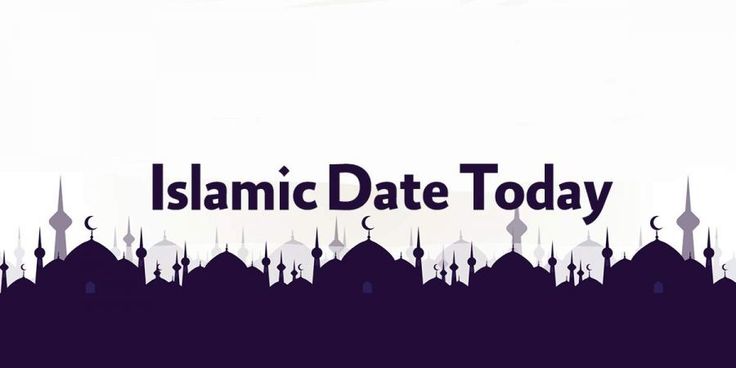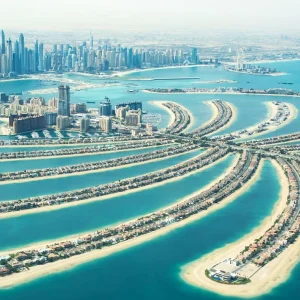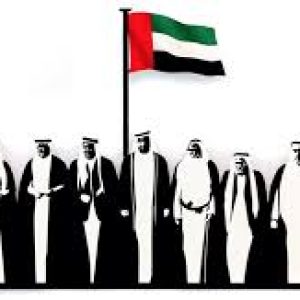The Islamic date today is more than just a number on a calendar — it represents a deep connection to faith, history, and tradition. Based on the lunar system, the Islamic calendar, also known as the Hijri calendar, plays a vital role in the daily lives of Muslims across the world. It determines the timing of prayers, fasting, pilgrimage, and significant religious events such as Ramadan, Eid al-Fitr, and Eid al-Adha. Unlike the Gregorian calendar, which is solar-based, the Islamic calendar follows the moon’s cycle, consisting of 12 months and about 354 or 355 days. This difference makes Islamic dates shift earlier by around 10 to 11 days each Gregorian year, creating a unique rhythm of time that moves with the moon rather than the sun. Understanding the Islamic date today helps Muslims align their daily routines with spiritual guidance, offering a sense of continuity and connection with centuries of tradition.
The Origins of the Islamic Calendar
The roots of the Islamic calendar trace back to the time of Prophet Muhammad (peace be upon him). It was established during the Caliphate of Umar ibn al-Khattab, the second caliph of Islam, in the year 638 CE. The calendar’s starting point, or “Hijri year,” begins from the Hijrah — the historic migration of Prophet Muhammad and his followers from Makkah to Madinah in 622 CE. This event marks a turning point in Islamic history, symbolizing the establishment of the first Muslim community based on faith and unity. The Islamic calendar was not just a timekeeping system but also a declaration of a new era of belief and governance guided by spiritual principles. Each month in the Islamic calendar carries its own meaning and significance, reminding believers of different aspects of worship, patience, and gratitude. Knowing the Islamic date today, therefore, connects Muslims directly to that historical legacy.
How the Islamic Date Today is Determined
The Islamic date today is determined by the sighting of the new moon, which marks the beginning of each lunar month. Unlike the fixed Gregorian calendar, the Islamic calendar requires observation — meaning the new month officially begins once the crescent moon is visible. In many Muslim-majority countries, committees and religious authorities observe the sky to declare the start of months like Ramadan or Shawwal. Modern technology now supports these observations with astronomical data, yet the tradition of moon sighting remains significant for its spiritual value. This method reflects the beauty of the Islamic calendar — it keeps humanity connected to nature and the heavens. It encourages mindfulness, reminding believers to pause and observe the world around them, just as early Muslims did centuries ago.

Importance of Knowing the Islamic Date Today
Knowing the Islamic date today is important for both religious and cultural reasons. Many Islamic rituals and occasions are determined by the Hijri date, not the Gregorian one. For example, fasting during Ramadan, the annual Hajj pilgrimage, and observing Ashura all depend on specific lunar dates. Beyond religious obligations, the Islamic calendar also influences social and cultural life in Muslim communities. It marks celebrations, commemorations, and personal milestones such as births or marriages. For many Muslims, checking the Islamic date today serves as a spiritual reminder — a way to remain grounded in faith and aware of divine time, not just worldly time. It’s also a reflection of unity, as Muslims around the world observe the same dates, connecting communities from different continents under one calendar of faith.
The Structure of the Islamic Calendar
The Islamic calendar consists of 12 months, each beginning with the sighting of the crescent moon. These months include Muharram, Safar, Rabi al-Awwal, Rabi al-Thani, Jumada al-Ula, Jumada al-Thaniyah, Rajab, Sha’ban, Ramadan, Shawwal, Dhu al-Qa’dah, and Dhu al-Hijjah. Each month carries special significance. For instance, Muharram is one of the four sacred months in Islam, while Ramadan is the month of fasting and spiritual reflection. Dhu al-Hijjah is particularly important for Hajj, one of the Five Pillars of Islam. Because the lunar year is shorter than the solar year, Islamic months rotate through all seasons over a 33-year cycle. This means Ramadan and other events can fall in summer, winter, or spring, allowing Muslims to experience them under different natural and cultural contexts throughout their lifetimes.

Spiritual Lessons from the Islamic Date Today
The Islamic date today does more than mark time — it teaches lessons about patience, humility, and connection to creation. Each month carries opportunities for worship, reflection, and personal growth. The shifting lunar cycle reminds believers that life is ever-changing, encouraging them to live in the present and appreciate the blessings of each moment. The reliance on moon sightings also promotes mindfulness and simplicity, values deeply rooted in Islamic teachings. It draws attention away from the mechanical nature of modern timekeeping and brings focus back to natural rhythms — the light of the moon, the passage of days, and the cycles of renewal. This spiritual connection transforms time from a mere measurement into an act of remembrance of Allah.
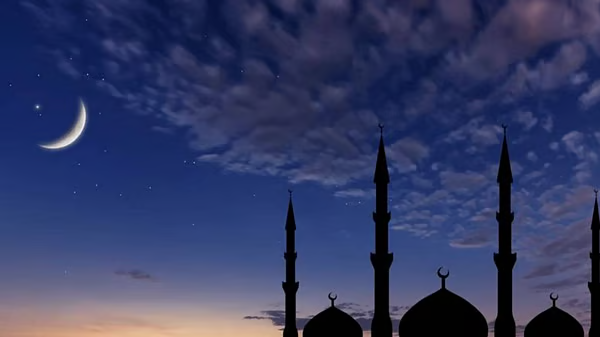
Islamic Date Today in Daily Life
In daily life, the Islamic date today influences many aspects of a Muslim’s routine. Islamic institutions, mosques, and schools often reference both Gregorian and Hijri dates in their schedules. Many Muslims begin their day by checking the Islamic date, especially during important months like Ramadan or Dhul Hijjah. Charitable acts, fasting, and prayers are often timed according to the lunar calendar. Even personal events such as birthdays or anniversaries are sometimes celebrated using Islamic dates, especially in more traditional families. In places like the UAE and Saudi Arabia, official documents, public holidays, and even pay schedules sometimes follow the Hijri calendar. This blend of the spiritual and practical demonstrates how deeply the Islamic date today is woven into the fabric of daily life.
The Role of Technology in Tracking the Islamic Date Today
In the modern world, technology has made it easier than ever to stay updated with the Islamic date today. Mobile apps, digital calendars, and online platforms now provide real-time updates of the Hijri date, often synchronized with lunar observations. Websites and mosques frequently post the current Islamic date to help followers stay aligned with religious activities. Despite these technological conveniences, the essence remains unchanged — the date still depends on the natural phenomenon of the moon. This harmony between tradition and technology symbolizes Islam’s adaptability, showing how ancient wisdom continues to thrive in the modern age.
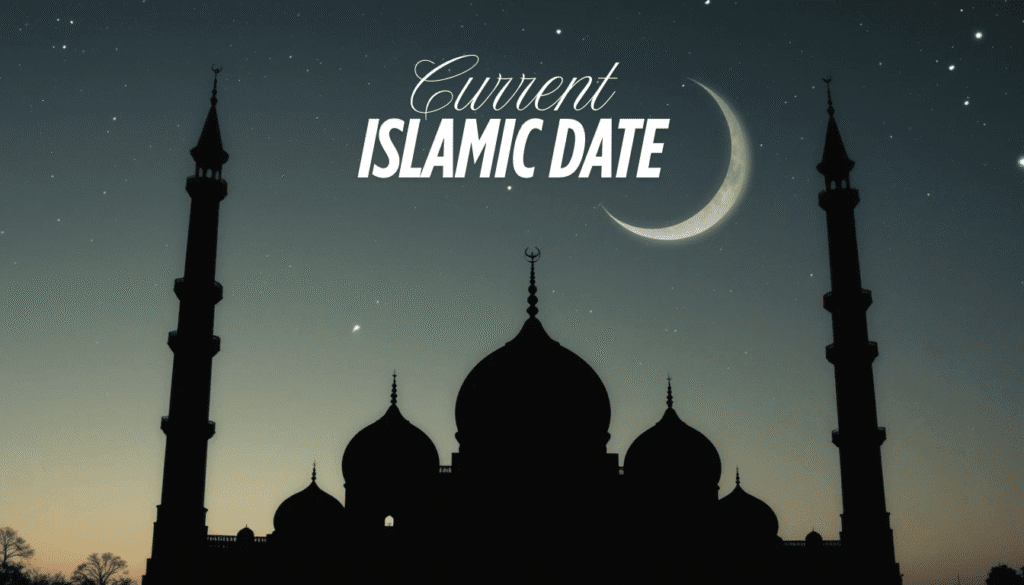
Islamic Date Today and Global Unity
The Islamic date today also symbolizes global unity. Regardless of where they live, Muslims across the world observe the same calendar, connecting communities from Indonesia to Morocco, from Dubai to London. When the crescent moon is sighted for Ramadan or Eid, millions of people come together in fasting, prayer, and celebration. This synchronization creates a sense of belonging that transcends borders and languages. It serves as a reminder that the Islamic Ummah — the global Muslim community — is united by faith and time, even in an era of rapid change. The shared observance of lunar dates fosters solidarity, empathy, and collective worship, reinforcing the idea that every believer is part of something greater than themselves.
The Beauty of the Lunar System
The Islamic calendar’s lunar system holds profound beauty and meaning. The moon’s phases serve as a natural clock, guiding believers through each month with divine precision. Watching the new moon appear in the night sky has always been a moment of joy and reflection in Muslim cultures. It’s a reminder of renewal, hope, and the continuous cycle of creation. Unlike the solar calendar, which is rigidly fixed, the lunar system feels alive — it moves, changes, and invites participation. Observing the Islamic date today through this lens encourages mindfulness, connecting faith with the natural world in a way that is both spiritual and scientific.
Final Thoughts on the Islamic Date Today
The Islamic date today is a bridge between faith and time, past and present, the heavens and the earth. It carries the essence of Islamic history and spirituality, guiding millions of Muslims in their daily worship and life decisions. More than a method of marking days, it represents a way of life — one that values balance, gratitude, and awareness of Allah’s creation. In an age dominated by digital calendars and fast-paced living, remembering the Islamic date today invites people to slow down, reflect, and reconnect with the rhythms of the universe. It reminds us that time itself is a gift — one to be cherished, respected, and used in the service of good.
Do follow UAE Stories on Instagram
Read Next – Dubai Municipality Unveils Circle Dubai Project

